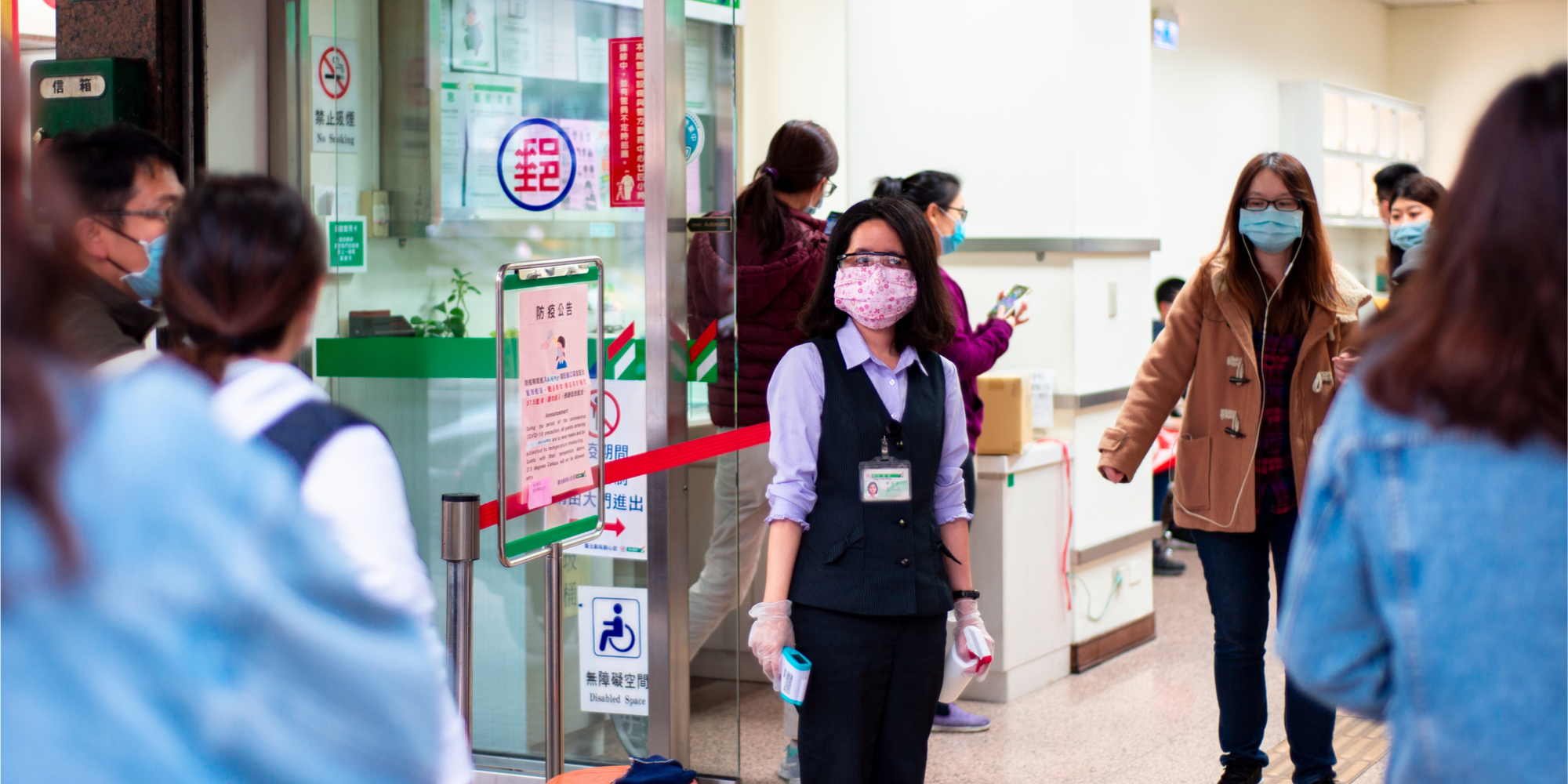On Sunday (8 March), the Ministry of Health (MOH) revealed that a 26-year-old Singaporean with no travel history to affected countries and regions around the world has been infected by COID-19 as the country’s 138th case.
The man is said to be a close contact of Case 66 and a family member of Cases 83 and 91. All these of these cases were linked to the cluster of The Life Church and Missions Singapore.
Given his close contacts to previous cases, the man has been place under quarantine for three weeks from 15 February to 6 March. After his quarantine ended, the man visited SAFRA Punggol (9 Sentul Crescent).
The thing is, his test results confirmed that the man was positive for COVID-19 on the last day of his quarantine.
This case of patient 138 being tested positive for the virus right at the end of his precautionary quarantine period is reminiscent of previous reports of seemingly recovered patients retesting positive for the pathogen again when tested on follow-up visits.
On 3 March, Channel NewsAsia reported that doctors in China, which has seen about 80,000 cases of the virus at the time, are concerned over the criteria being used when deciding to discharge a patient from the hospital.
In the country where the virus first emerged, about 47,000 people have reportedly recovered from the infection and were discharged. However, doctors began to report that people were testing positive for the virus again after initially having been declared virus-free.
As CNA highlighted, “This has raised disturbing questions about the true state of people’s recovery and their potential to spread the virus without showing symptoms and has led to calls for more stringent scrutiny of people being discharged.”
For now, the discharge criteria in China includes two nucleic acid tests at 24-hour intervals. Two consecutive negative results indicate “clinical recovery” and a resolution of symptoms, said China’s National Health Commission (NHC), which is in line with the World Health Organisation’s recommendations published earlier this year.
However, a doctor at Renmin Hospital of Wuhan University’s Department of Respiratory and Critical Care was reported as saying that the criteria should be increased to three tests.
Dr Zhang Zhan said that she and her fellow doctors decided to delay the discharge of 18 of their patients even after they had met the two-test criteria. However, the third test on all patients revealed that 13 of them were positive for the virus again.
She said in a social media post, “It’s more reliable to discharge patients after having three negative test results in a row.”
Another expert, a professor of medicine and assistant dean of the First Hospital of Lanzhou University Qi Xiaolong, said to Reuters that increasing by one test might not be adequate.
“As far as I know, some hospitals in China have adopted three negative results as a discharge standard for a long time, but even so, there are currently cases of some of them testing positive,” Qi said.
As to the question of why patients are retesting positive for COVID-19 after appearing to have recovered, experts suggest that it could be that recovering patients have not built up enough antibodies to develop an immunity to the virus and therefore are being infected again.
Another possible explanation is that the virus could be “biphasic”, meaning that it stays dormant for a while before creating new symptoms.
Yet another possibility is simply that there have been testing discrepancies and that patients who were released were actually fully recovered.
We do note that an official from the NHC said two weeks ago (28 Feb) that patient who tested positive again were found not to be infected.
Even so, Qi acknowledged that health tracking and management of recovered patients should be improved and that we have to deepen our understanding of the pathogen.
China isn’t the only country to have reported cases of re-infection. In later February, Japanese authorities said that a tour-bus guide has tested positive for the virus again.
With reports of reinfection increasing in China, Taiwan has implemented stricter requirements when releasing patients, now requiring three consecutive negative tests instead of just two.
In Singapore, however, the decision to discharge a patient rests solely on the discretion of doctors on a hospital-by-hospital basis, MOH said to Reuters.
According to MOH’s latest update, the country has 150 cases of the virus, with 90 having fully recovered and discharged from hospital.







